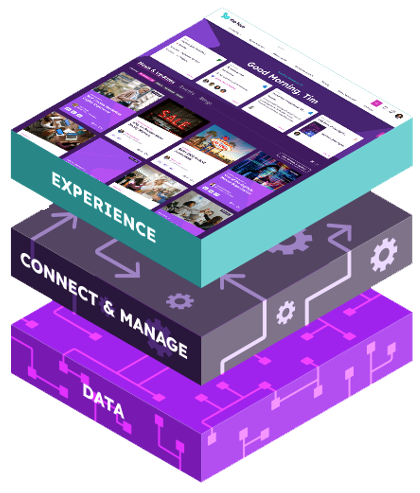
Research Show Workers Will Be Unhappy in 2024
Blog Article
One of the biggest shifts in web content management was the adoption of a headless architecture for site delivery. In earlier generations of traditional web architecture, the front-end and back-end are tightly integrated, meaning that the server-side code (back end) is responsible for generating and delivering both the content and the presentation of a web page to the user's browser.
Akumina moved to a headless architecture with the release of 6.0 in early 2023. While there had been the option for headless deployment in the past, the new Akumina Cloud has allowed for a "headless first" strategy.
In contrast, a headless website separates these two aspects:
 Front-end
Front-end
The front end, also known as the "headless" part, is responsible for the user interface and presentation layer. It consists of HTML, CSS, and JavaScript that render the user interface and interact with users. In a headless setup, this part is disconnected from the back end and can be developed independently. This allows for more flexibility in terms of using different technologies and frameworks for the front end.
Back-end
The back end of a headless website is responsible for the server-side logic, data management, and content delivery. It provides an API that the front end can use to request data and content. This API allows the front end to communicate with the back end without being tightly coupled to it. The back end can be developed using various programming languages and technologies, and it can serve content not only to web browsers but also to other platforms such as mobile apps, kiosk displays, and IoT devices.
The key advantages of a headless website architecture include:
Flexibility: Developers can choose the best tools and technologies for both the front-end and back-end, allowing for greater flexibility and innovation.
Scalability: Headless architecture makes it easier to scale different parts of the system independently, which can be beneficial for handling traffic spikes or growing a website.
Multi-channel support: Since the back-end provides content through APIs, it's easier to deliver content to multiple channels and devices, such as mobile apps, smart speakers, or virtual reality platforms.
Improved developer collaboration: Front-end and back-end teams can work more independently, leading to faster development and deployment cycles.
There is a disadvantage to headless: the architecture can be more complex to set up and maintain compared to traditional monolithic architectures, and it may require additional coordination between front-end and back-end development teams. It is often chosen for projects where flexibility and the ability to support multiple platforms are essential.
However, the complexities of managing a headless architecture are irrelevant to Akumina clients due to the Akumina Global Cloud. Consisting of end-points running in 10 different Azure regions globally, Akumina owns all the maintenance, monitoring, and upkeep of the infrastructure. This allows your development team or partner to focus on site development, and not IT needs.